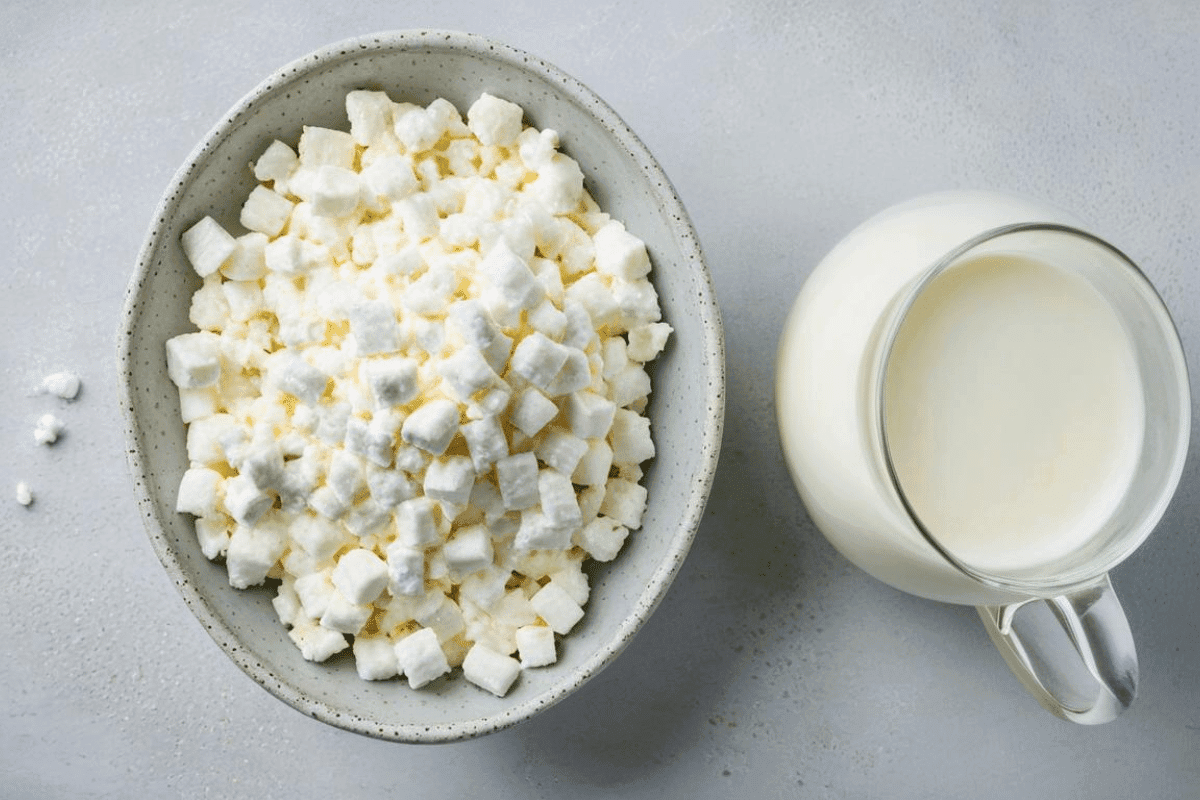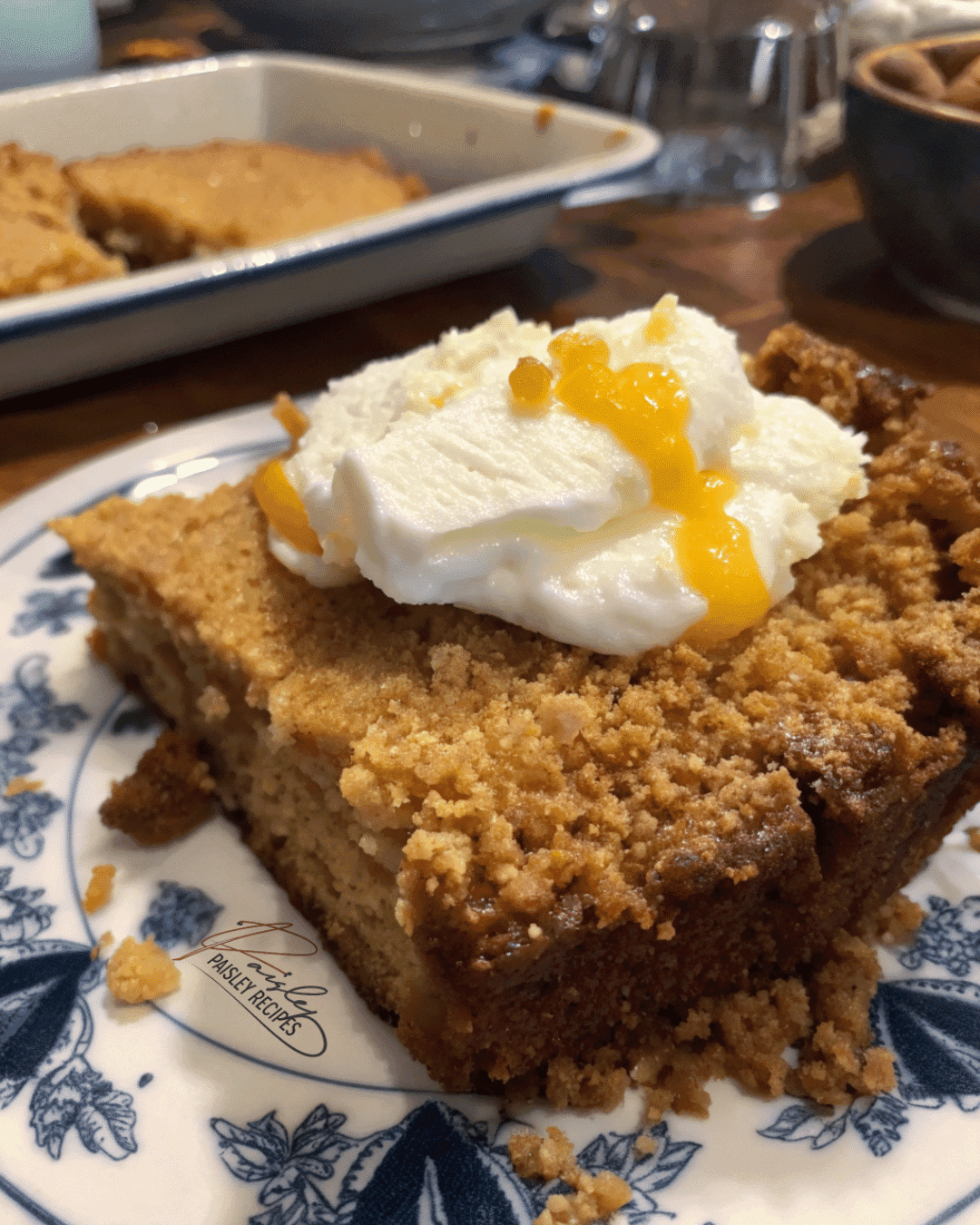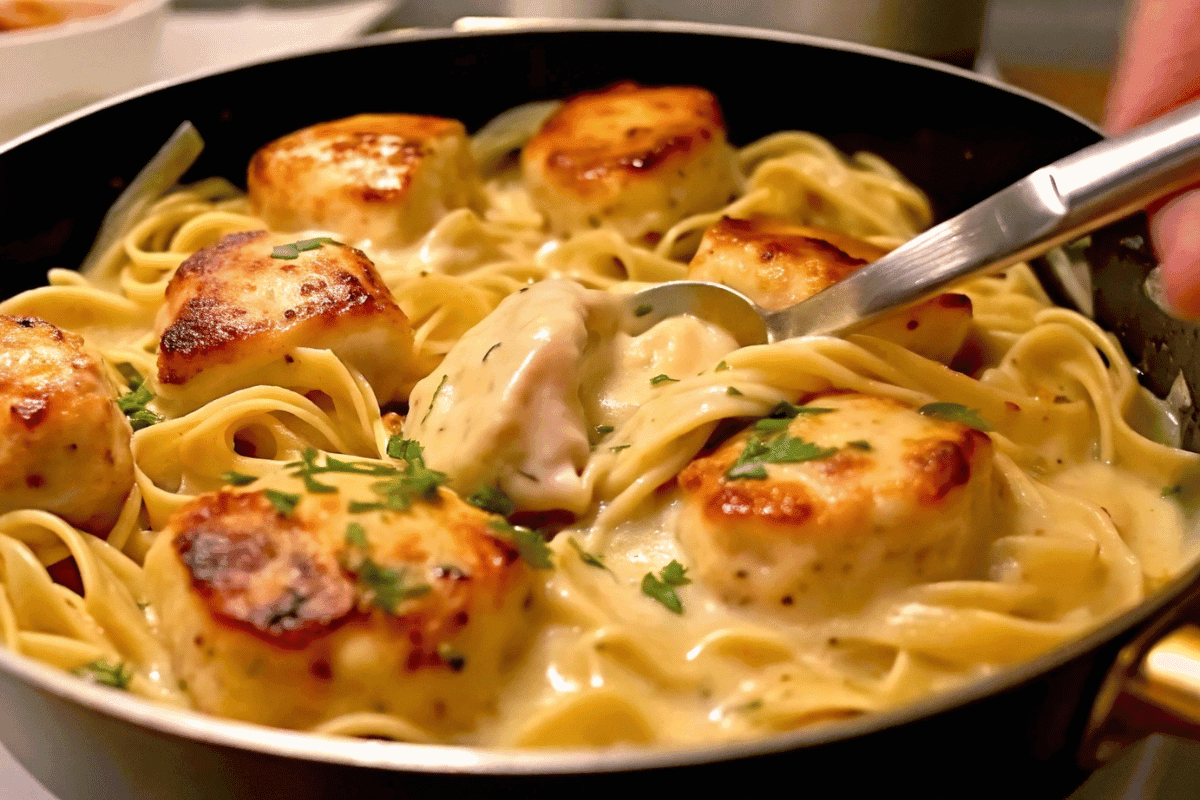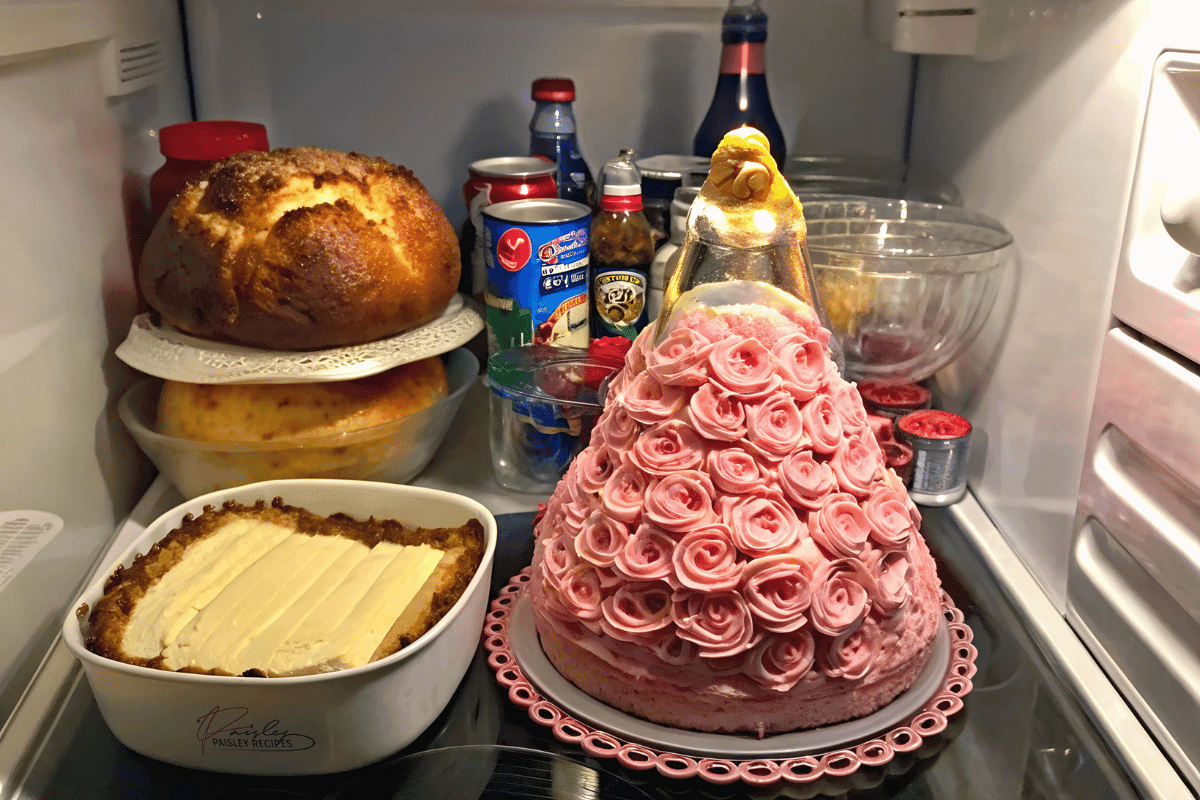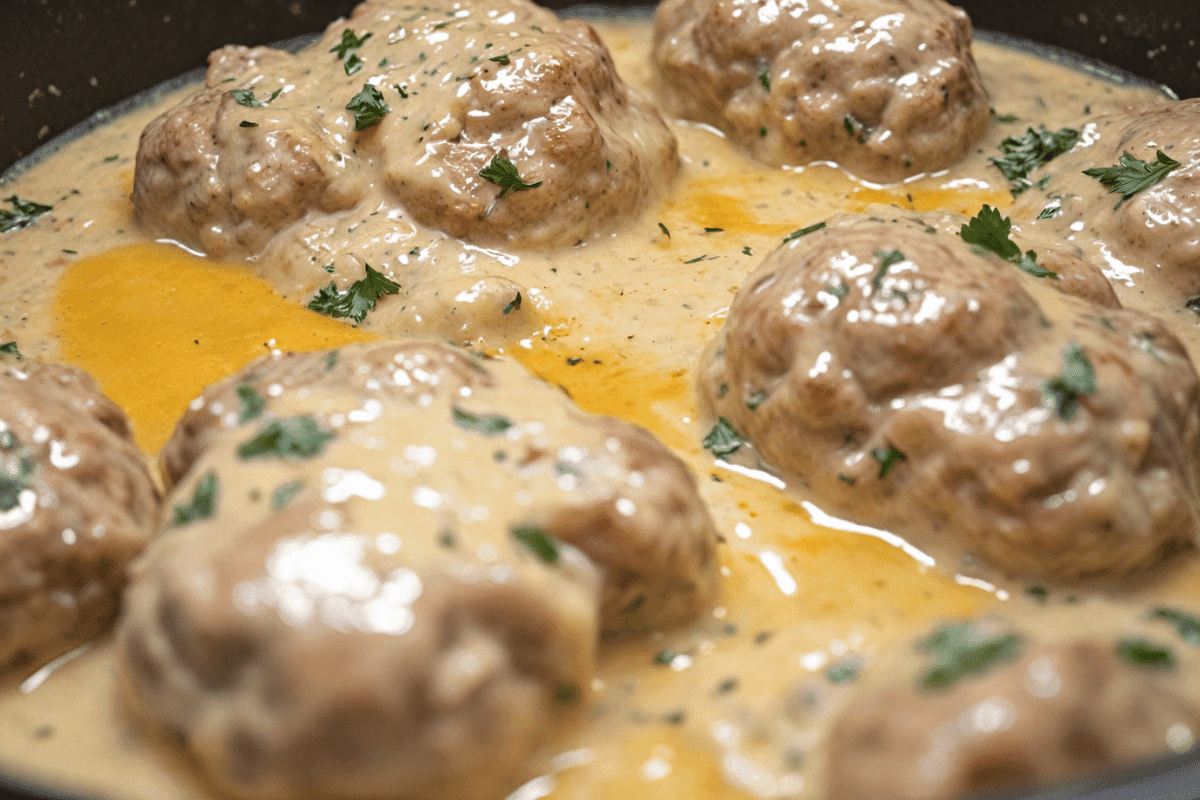Cottage cheese is a versatile ingredient that often flies under the radar despite its numerous culinary and nutritional benefits. Whether you’re new to using cottage cheese or simply looking for fresh ideas, this guide will explore what you can do with cottage cheese in your kitchen. We’ll discuss ways to incorporate this protein-packed food into your meals, snack ideas, and how it caters to various dietary preferences.
Introduction to What Do You Do with Cottage Cheese
Cottage cheese has earned its place in the culinary world due to its adaptability and health benefits. Known for being low in calories and rich in protein, this dairy product is a favorite among health-conscious individuals, athletes, and anyone looking for quick, nutritious meal options. But what do you do with cottage cheese exactly? The possibilities are nearly endless! You can enjoy it on its own, mix it into sweet or savory dishes, or even use it as a healthier substitute in recipes that call for heavier ingredients like cream cheese or ricotta. In this article, we’ll explore various ways you can enjoy cottage cheese and why it should be a staple in your diet.
Cottage cheese can be used in everything from smoothies to savory dips and even baked goods. If you’re tired of traditional uses, this article will inspire you to take a fresh approach to this versatile dairy product. Not only will we explore unique and delicious ways to enjoy cottage cheese, but we’ll also touch on its health benefits, making it a fantastic addition to any meal plan.
Benefits and Advantages of Cottage Cheese
One of the main reasons to explore what to do with cottage cheese is its nutritional profile. Cottage cheese is high in protein, low in fat, and packed with essential vitamins and minerals, making it an excellent option for anyone looking to eat healthier without sacrificing flavor.
High Protein Content
Cottage cheese is an excellent source of protein, providing around 14 grams per half-cup serving. This makes it ideal for muscle repair and growth, making it a go-to snack for fitness enthusiasts and anyone seeking to add more protein to their diet. It’s also a great choice for vegetarians who need plant-based proteins in their meals.
Low in Calories and Fat
A key advantage of cottage cheese is its relatively low calorie and fat content. This makes it perfect for those who are watching their weight or trying to reduce their intake of unhealthy fats. You can use cottage cheese as a replacement for higher-calorie ingredients like sour cream or ricotta, reducing the calorie content of your dishes without sacrificing taste.
Versatile for Different Diets
Whether you follow a keto, vegetarian, or low-carb diet, cottage cheese fits well into various eating plans. You can adapt it to savory meals like lasagna or pair it with fruits and honey for a sweet, guilt-free dessert. This versatility allows you to use it for any meal, whether it’s breakfast, lunch, or dinner.
Packed with Nutrients
Cottage cheese contains several vital nutrients like calcium, phosphorus, and B vitamins, all of which support bone health, energy production, and overall well-being. It’s also a source of probiotics if you choose varieties made with live and active cultures, which can support gut health.
Affordable and Accessible
Cottage cheese is inexpensive and widely available, making it an affordable addition to any diet. Whether you’re on a budget or just looking for a cost-effective protein source, cottage cheese offers great value.
Ingredients Overview
Essential Ingredients for Cottage Cheese Dishes
While you might only need cottage cheese for some recipes, it often pairs well with additional ingredients to enhance its flavor or texture. Here are some essential ingredients you’ll want to keep on hand when exploring what to do with cottage cheese:
- Cottage Cheese: Choose between full-fat, low-fat, or fat-free depending on your dietary preferences. Make sure to select a variety that fits your needs, such as organic or one made with live cultures for added probiotics.
- Fruits: Berries, bananas, and apples are popular choices when mixing cottage cheese into sweet dishes.
- Vegetables: Cucumbers, cherry tomatoes, and leafy greens like spinach or arugula can be excellent additions to savory dishes.
- Herbs and Spices: Adding dill, garlic powder, or black pepper can elevate the flavor profile of savory cottage cheese recipes.
- Honey or Maple Syrup: For those who prefer a sweeter dish, natural sweeteners like honey or maple syrup pair wonderfully with cottage cheese.
- Whole Grains: Try pairing cottage cheese with whole-grain toast or crackers for a fiber-rich meal.
- Nuts and Seeds: Almonds, walnuts, and chia seeds add crunch and a dose of healthy fats when mixed with cottage cheese.
Dietary Substitutions to Customize Your Cottage Cheese Recipes
Cottage cheese is versatile, but you might need to make adjustments depending on your dietary needs. Here are some common substitutions:
- Vegan: While cottage cheese is a dairy product, you can find plant-based alternatives made from almond or cashew milk. These alternatives are ideal for those who are lactose-intolerant or follow a vegan diet.
- Gluten-Free: Most cottage cheese is naturally gluten-free. However, ensure that any additional ingredients, like crackers or seasonings, are certified gluten-free to avoid cross-contamination.
- Low-Sodium: Cottage cheese can be high in sodium. If you’re watching your salt intake, opt for low-sodium versions or rinse your cottage cheese in cold water to remove some of the salt.
How to Prepare the Perfect Cottage Cheese Dish: Step-by-Step Guide
There are countless ways to enjoy cottage cheese, but this step-by-step guide will help you prepare it for different types of dishes—whether you’re in the mood for something savory or sweet.
First Step: Choose Your Base
Start by deciding how you want to serve your cottage cheese. Is it going to be a stand-alone dish, or will it be incorporated into a recipe? You can use cottage cheese as a dip, a topping, or the main component of a dish like lasagna or pancakes.
Second Step: Select Your Flavor Profile
Once you’ve chosen your base, decide if you want your cottage cheese dish to be sweet or savory. For a sweet option, pair cottage cheese with fruits, honey, or cinnamon. For a savory dish, add vegetables, herbs, or spices to create a more complex flavor profile.
Third Step: Combine Ingredients
Mix your cottage cheese with the ingredients you’ve selected. If you’re making a dip, simply stir in herbs and spices. If you’re preparing a layered dish like lasagna, spread cottage cheese between layers of pasta and sauce.
Fourth Step: Adjust Texture
Depending on the dish, you may want to blend the cottage cheese for a smoother consistency or leave it as-is for a chunkier texture. Blending works well in smoothies or creamy dishes, while the natural curd texture is great for salads or as a topping.
Fifth Step: Serve and Enjoy
Serve your cottage cheese dish according to your recipe. Cottage cheese can be enjoyed cold in salads or as a snack, or baked in dishes like casseroles or quiches. The possibilities are endless!
If you enjoyed this recipe, you might also love these :
cottage cheese recipes
What is the most popular way to eat cottage cheese?
What tastes good mixed with cottage cheese?
Mastering Cottage Cheese: Advanced Tips and Variations
Try Blending Cottage Cheese for a Creamier Texture
If you’re not a fan of the chunky texture of cottage cheese, try blending it until smooth. This technique works wonderfully for recipes where you need a creamier consistency, such as in dips, spreads, or even frosting for baked goods.
Use Cottage Cheese in Baked Goods
Cottage cheese can be a surprising but effective ingredient in baked goods like muffins, pancakes, or cheesecake. It adds moisture and protein without adding extra fat, making your desserts healthier without sacrificing flavor.
Incorporate Cottage Cheese into Smoothies
Cottage cheese can replace yogurt or milk in smoothies, providing a creamy texture along with a boost of protein. Pair it with fruits like berries or bananas and a touch of honey for a satisfying, nutritious drink.
Swap Cottage Cheese for Ricotta
In recipes like lasagna, stuffed shells, or manicotti, cottage cheese can be used in place of ricotta. This substitution lowers the calorie and fat content while still delivering a creamy texture and mild flavor.
Add Cottage Cheese to Savory Dishes
Cottage cheese isn’t just for sweet snacks! Add it to savory dishes like scrambled eggs, salads, or even as a topping for baked potatoes to make these meals more filling and nutritious.
How to Store Cottage Cheese: Best Practices
Cottage cheese is best stored in the refrigerator and should be consumed within a week of opening. To maintain freshness:
- Refrigerate Immediately: Cottage cheese should always be refrigerated. Once opened, it should be stored in an airtight container to prevent spoilage.
- Freezing: Cottage cheese can be frozen, but it may change texture. If you plan to freeze it, blend it first or use it in a cooked recipe like lasagna to maintain its integrity.
- Reheating: For dishes that involve cooked cottage cheese, such as casseroles, you can reheat them in the oven or microwave. However, the texture may become slightly grainy, so it’s best to enjoy cottage cheese fresh.
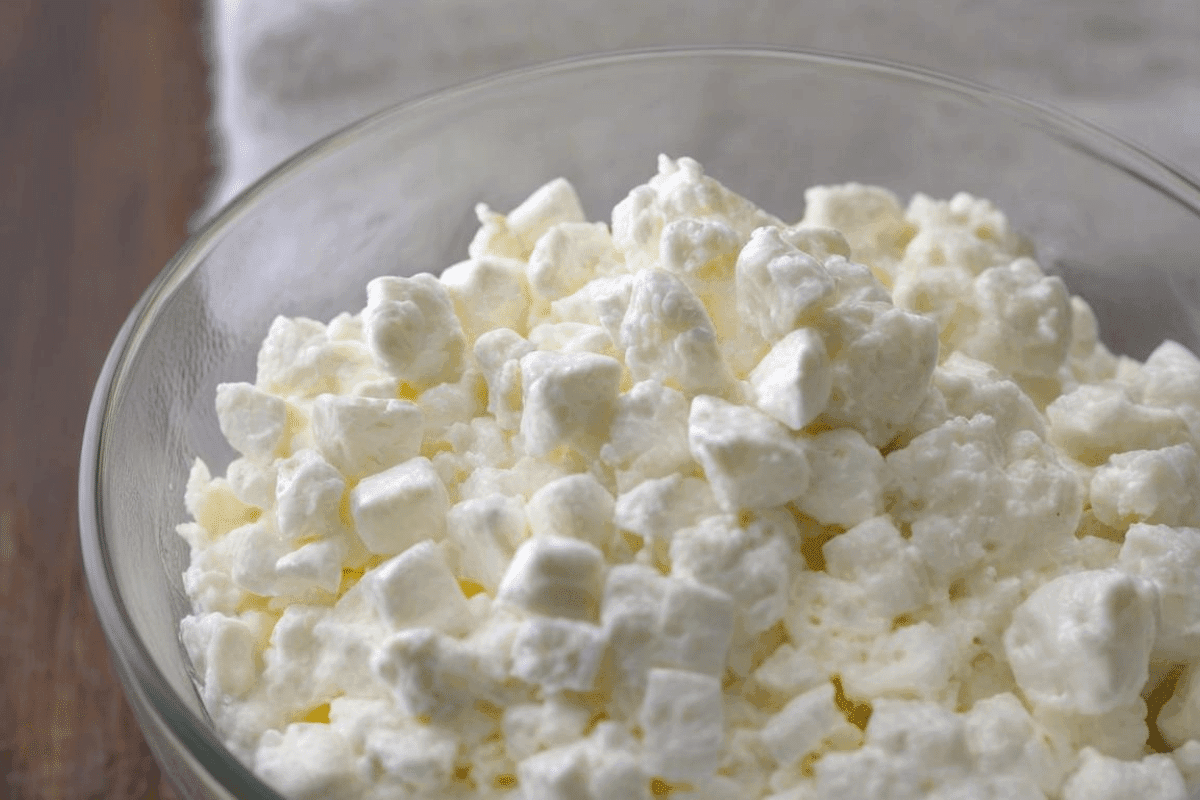
Nutritional Value of Cottage Cheese
Cottage cheese is a nutritional powerhouse. Here’s a breakdown of its nutrient content per ½ cup serving:
- Calories: Around 100-120 (depending on the fat content)
- Protein: 14 grams
- Fat: 2-5 grams (depending on the variety)
- Carbohydrates: 3-5 grams
- Calcium: 125 mg (12% of the daily recommended intake)
- Sodium: 400-450 mg
- Phosphorus: 20% of the daily recommended intake
Cottage cheese is also rich in essential vitamins like B12 and riboflavin, which support energy production and overall metabolic health.
FAQs: Frequently Asked Questions
What is cottage cheese usually used for?
Cottage cheese is typically used in a variety of dishes ranging from salads and dips to baked goods and smoothies. It’s an incredibly versatile ingredient that can be incorporated into both sweet and savory recipes. For more ideas, check out our detailed guide on creative ways to use cottage cheese.
What is the best way to eat cottage cheese?
There is no “best” way to eat cottage cheese, but many enjoy it paired with fresh fruit, spread on toast, or mixed into smoothies. For savory dishes, try adding it to salads or using it as a topping for baked potatoes. Looking for more options? Explore our article on the best ways to enjoy cottage cheese.
What to do with a container of cottage cheese?
If you have a container of cottage cheese, the options are endless! You can use it as a dip, incorporate it into a lasagna, or even bake it into muffins. Get more inspiration by reading our post on what to do with a container of cottage cheese.
Is it good to eat cottage cheese by itself?
Yes, cottage cheese can be enjoyed by itself. It’s a nutritious, protein-rich snack that is both filling and low in calories. If you’re looking for more ways to enjoy it, consider adding fresh fruits or a drizzle of honey for a flavor boost. Discover more in our article on eating cottage cheese on its own.
What do you eat cottage cheese with?
Cottage cheese pairs well with a variety of foods, such as fruits, vegetables, whole grains, and even nuts. Try it with sliced apples, cucumbers, or on top of toast for a quick and healthy snack. Check out our guide on the best pairings for cottage cheese.
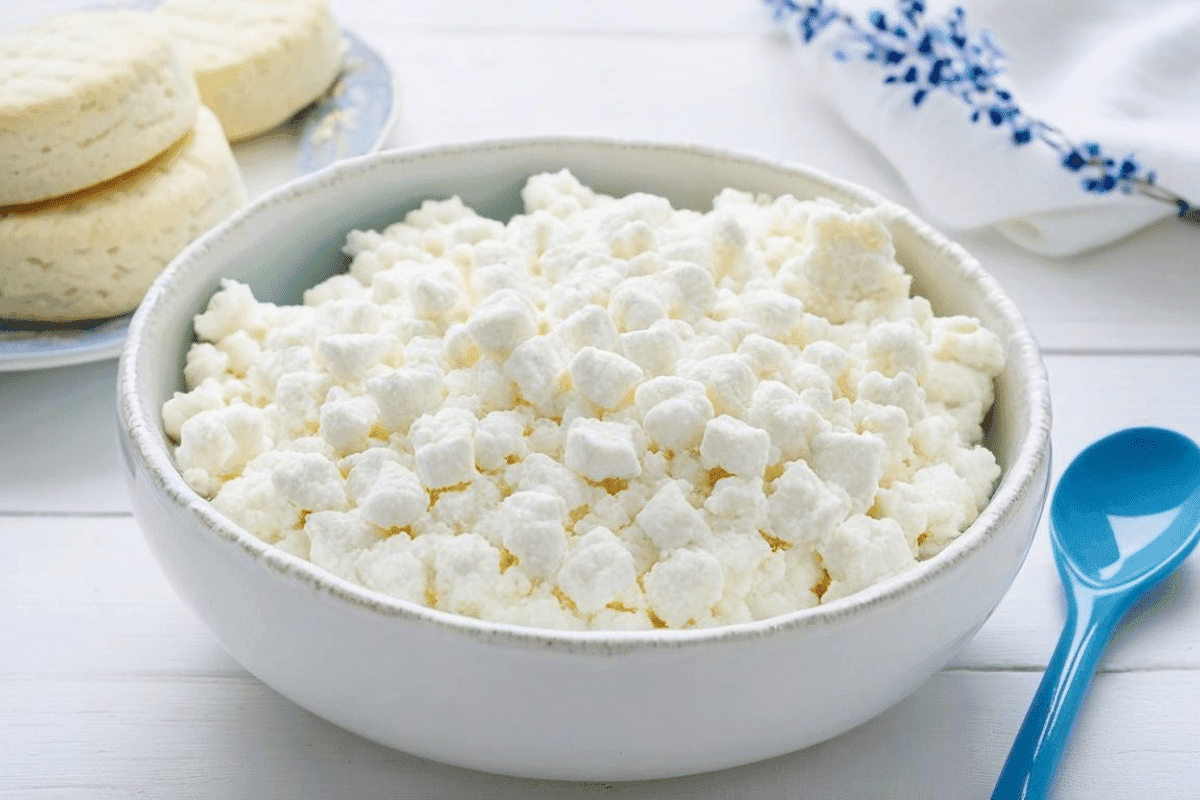
Conclusion
Cottage cheese is a nutrient-rich, versatile ingredient that can be used in countless ways. Whether you’re enjoying it on its own or incorporating it into a meal, you’ll benefit from its high protein content and adaptability to various diets. From breakfast to dessert, the possibilities are endless. So next time you’re wondering what to do with cottage cheese, let this guide inspire you to get creative in the kitchen!
Print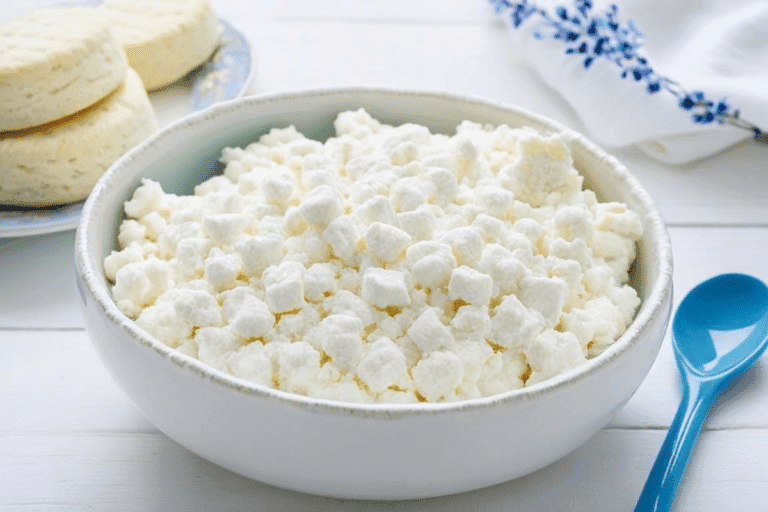
What Do You Do with Cottage Cheese? Creative Ideas and Healthy Recipes
This versatile cottage cheese recipe offers endless possibilities, whether you’re using it in a savory dish or a sweet snack. Packed with protein and low in calories, cottage cheese can be adapted to fit nearly any dietary preference, making it a perfect addition to your daily meals.
- Total Time: 5 minutes
- Yield: 2 servings
Ingredients
- 1 cup cottage cheese
- 1/2 cup mixed berries
- 1 tbsp honey (optional)
- 1/4 cup sliced cucumbers
- 1/4 cup cherry tomatoes
- Pinch of salt and pepper
- Fresh herbs (dill, parsley, or chives)
Instructions
- Start by selecting your base—whether you’re creating a sweet or savory dish with cottage cheese.
- For a sweet option, combine cottage cheese with mixed berries and drizzle with honey.
- For a savory dish, top cottage cheese with sliced cucumbers, cherry tomatoes, salt, pepper, and fresh herbs.
- Blend cottage cheese if you prefer a creamier texture. Enjoy immediately!
Notes
Cottage cheese can be used in a variety of dishes and is highly customizable. For a vegan alternative, opt for plant-based cottage cheese. You can also blend it into smoothies or use it in baked goods for added protein.
- Prep Time: 5 minutes
- Cook Time: None
- Category: Lunch
- Method: No-Cook
- Cuisine: American
- Diet: Vegetarian
Nutrition
- Serving Size: 1/2 cup cottage cheese
- Calories: 100
- Sugar: 5g
- Sodium: 400mg
- Fat: 2g
- Saturated Fat: 1g
- Unsaturated Fat: 0.5g
- Trans Fat: 0g
- Carbohydrates: 7g
- Fiber: 1g
- Protein: 14g
- Cholesterol: 15mg

